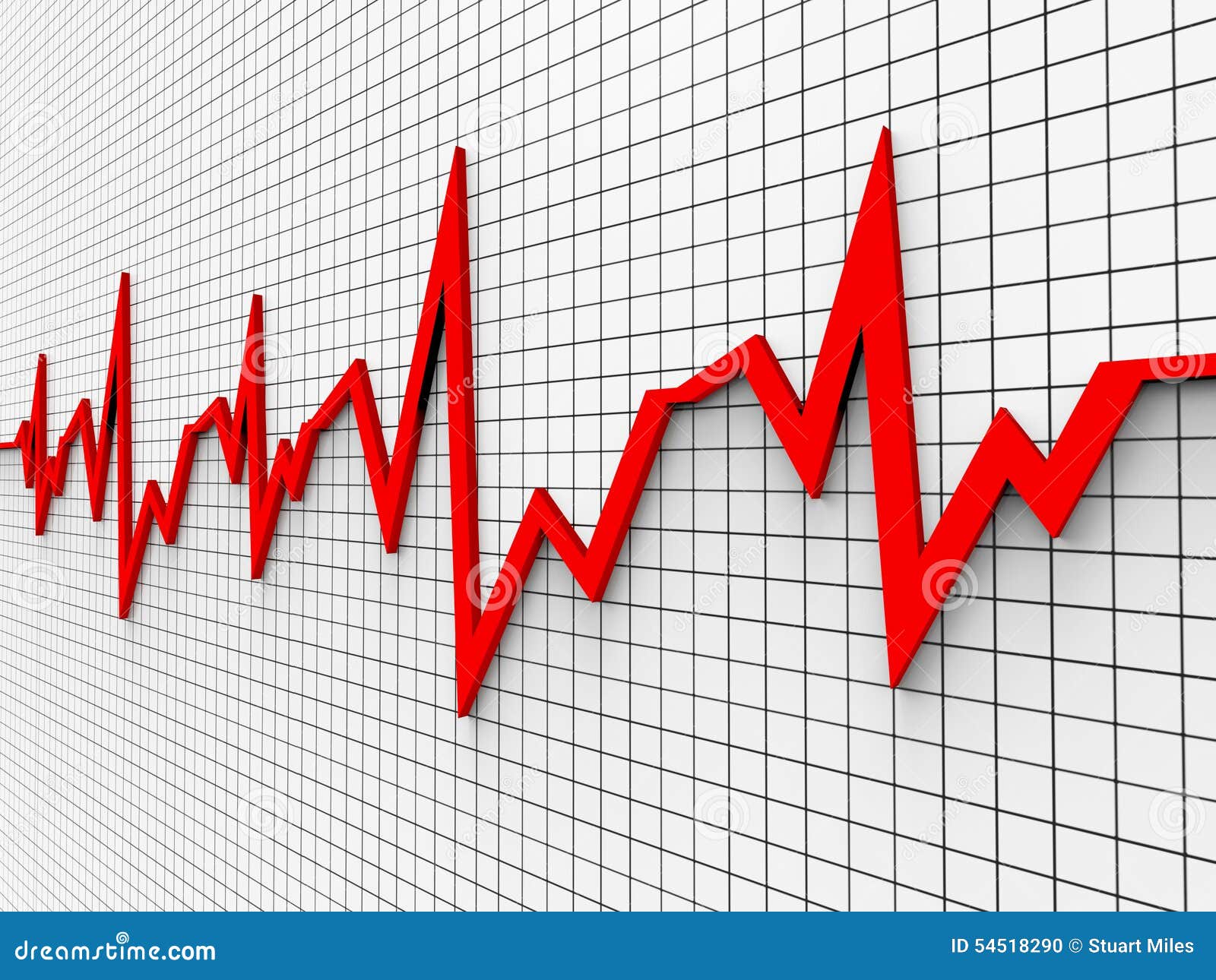

In Europe and North America, as of 2014, atrial fibrillation affects about 2% to 3% of the population. Those who have severe symptoms from an arrhythmia or are medically unstable may receive urgent treatment with a controlled electric shock in the form of cardioversion or defibrillation. Those with an irregular heartbeat are often treated with blood thinners to reduce the risk of complications. Pacemakers are often used for slow heart rates. This latter group may have more significant side effects, especially if taken for a long period of time.

Medications for a fast heart rate may include beta blockers, or antiarrhythmic agents such as procainamide, which attempt to restore a normal heart rhythm. Treatments may include medications, medical procedures such as inserting a pacemaker, and surgery. Many arrhythmias can be effectively treated. A number of tests can help with diagnosis, including an electrocardiogram (ECG) and Holter monitor.

Arrhythmias are due to problems with the electrical conduction system of the heart. Bradyarrhythmias are due to sinus node dysfunction or atrioventricular conduction disturbances. Ventricular arrhythmias include ventricular fibrillation and ventricular tachycardia. Supraventricular tachycardias include atrial fibrillation, atrial flutter and paroxysmal supraventricular tachycardia.
Extra beats include premature atrial contractions, premature ventricular contractions and premature junctional contractions. Īrrhythmias are often categorized into four groups: extra beats, supraventricular tachycardias, ventricular arrhythmias and bradyarrhythmias. While most cases of arrhythmia are not serious, some predispose a person to complications such as stroke or heart failure. In more serious cases, there may be lightheadedness, passing out, shortness of breath or chest pain. Symptoms, when present, may include palpitations or feeling a pause between heartbeats. Some types of arrhythmias have no symptoms. A resting heart rate that is too fast – above 100 beats per minute in adults – is called tachycardia, and a resting heart rate that is too slow – below 60 beats per minute – is called bradycardia. Other chronic conditions: People with hyperthyroidism, diabetes, asthma and other chronic medical problems.Problems playing this file? See media help.Īrrhythmias, also known as cardiac arrhythmias, heart arrhythmias, or dysrhythmias, are irregularities in the heartbeat, including when it is too fast or too slow. Sleep apnea: Studies s demonstrate a strong link between obstructive sleep apnea and atrial fibrillationĭrinking alcohol: Heavy alcohol consumption is associated with a higher risk of atrial fibrillationįamily history: Having a family history of atrial fibrillation increases your risk. Atrial fibrillation is the most common complication after heart surgery. Underlying heart disease: including valve disease, acute coronary syndrome, cardiomyopathies, and history of heart attack. High blood pressure: Uncontrolled and longstanding high blood pressure can increase your risk for atrial fibrillation The condition in young adults is rare, but it can and does happen. Regular monitoring of atrial fibrillation is beneficial particularly if some of the following risk factors apply to you:Īdvanced age: The number of adults developing atrial fibrillation increases significantly with older age.
#Cardiograph app shows irregular heartbeat how to#
How to recognize if you are at risk of atrial fibrillationĪtrial fibrillation may present at any age and without noticeable symptoms.


 0 kommentar(er)
0 kommentar(er)
